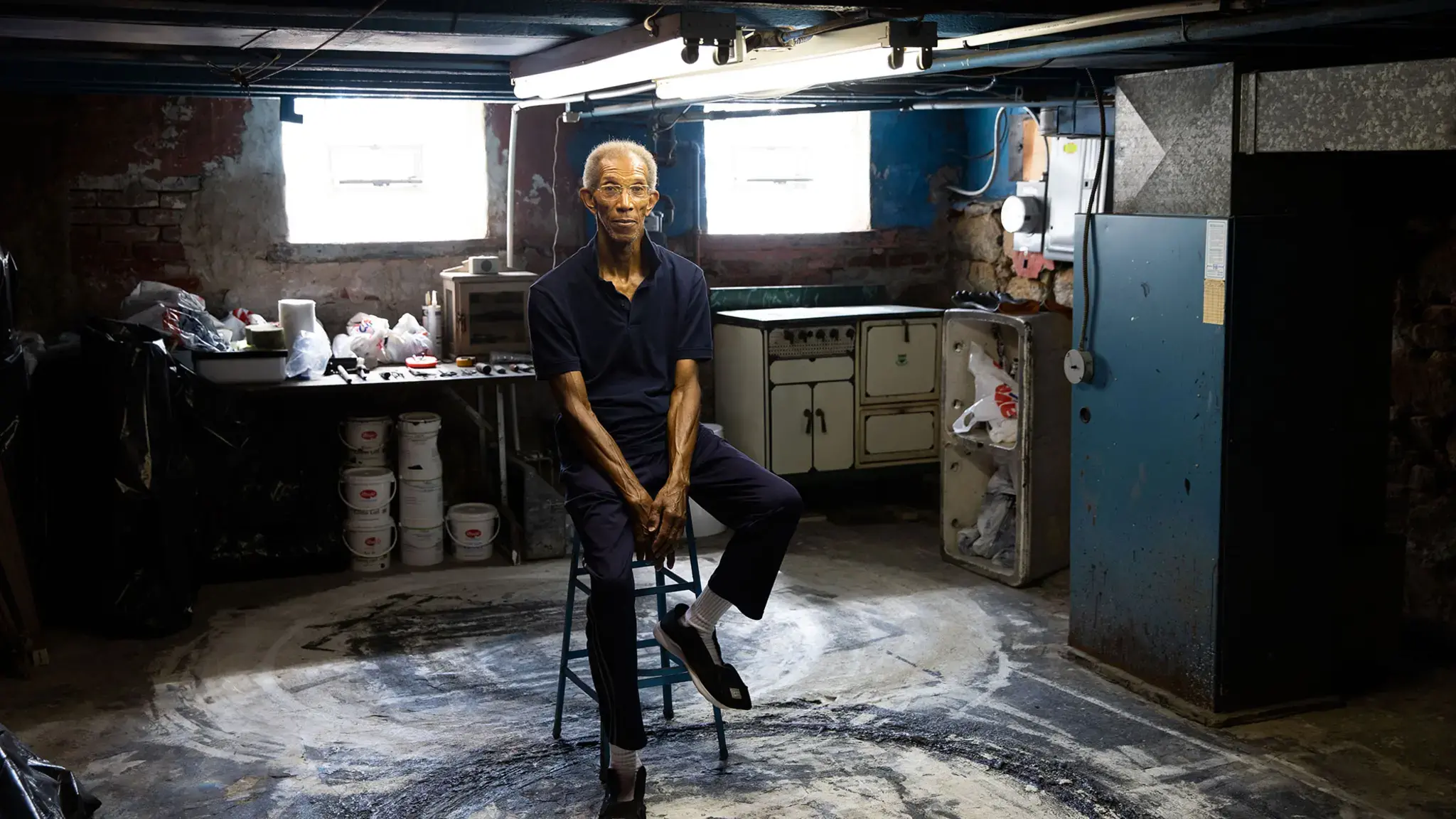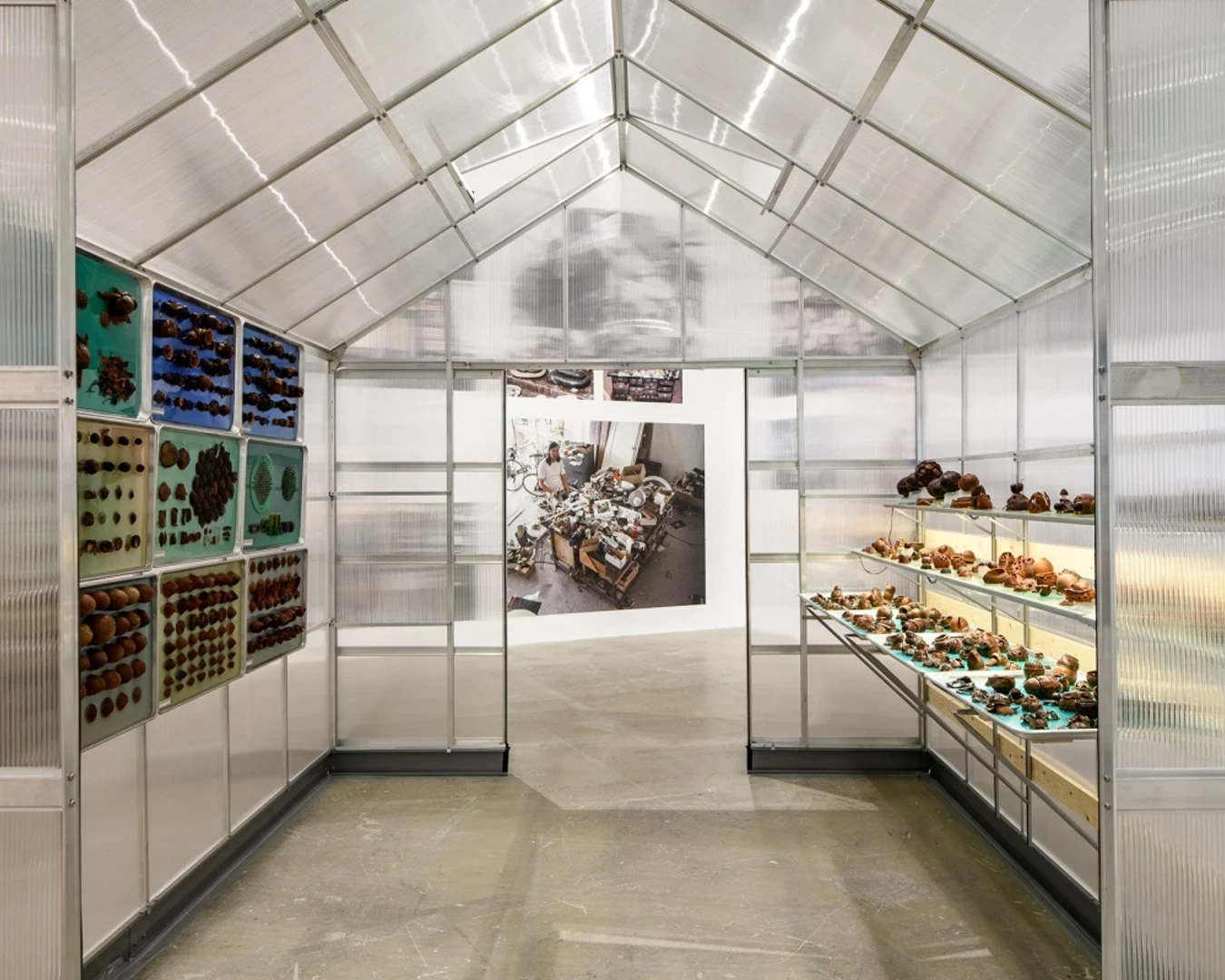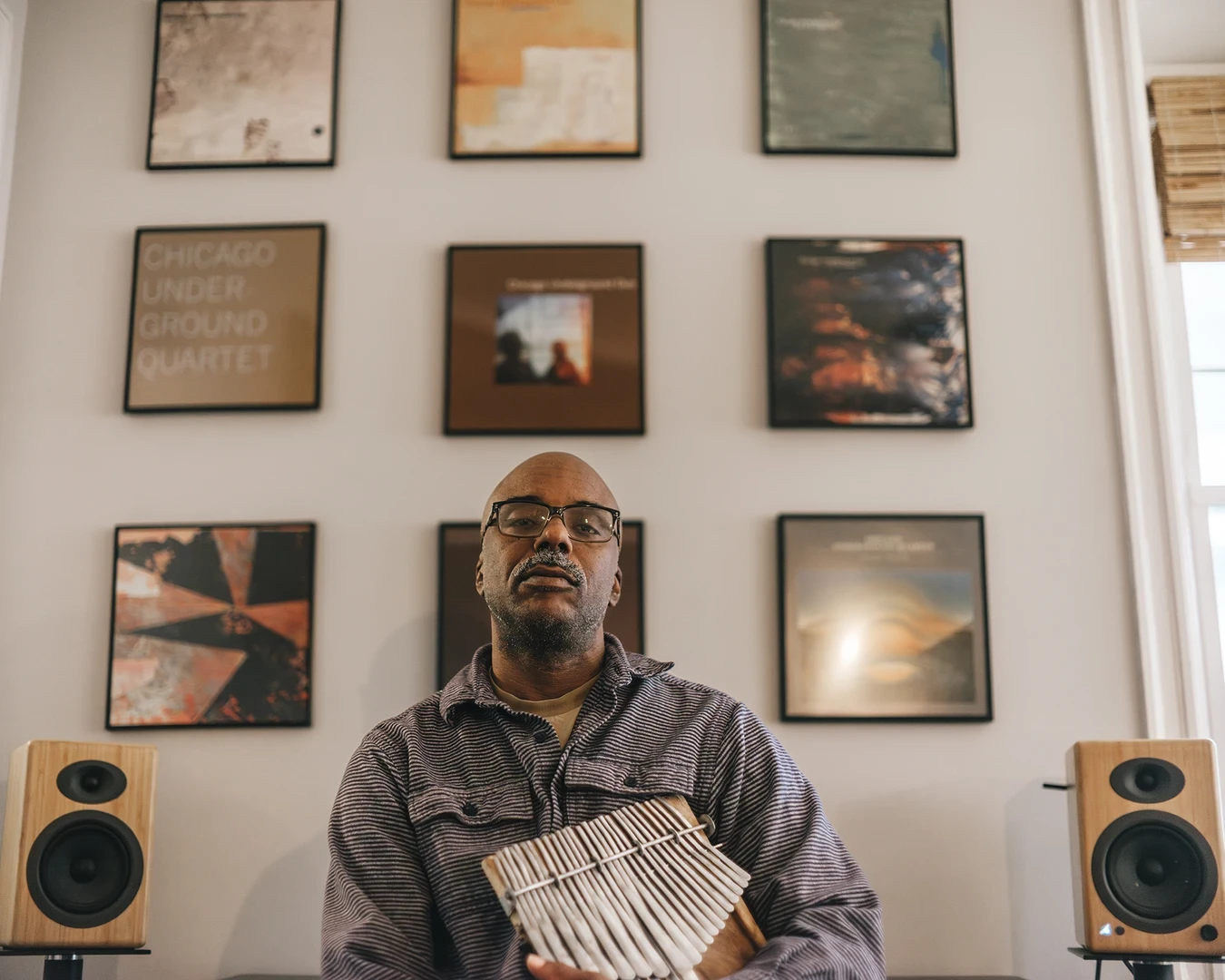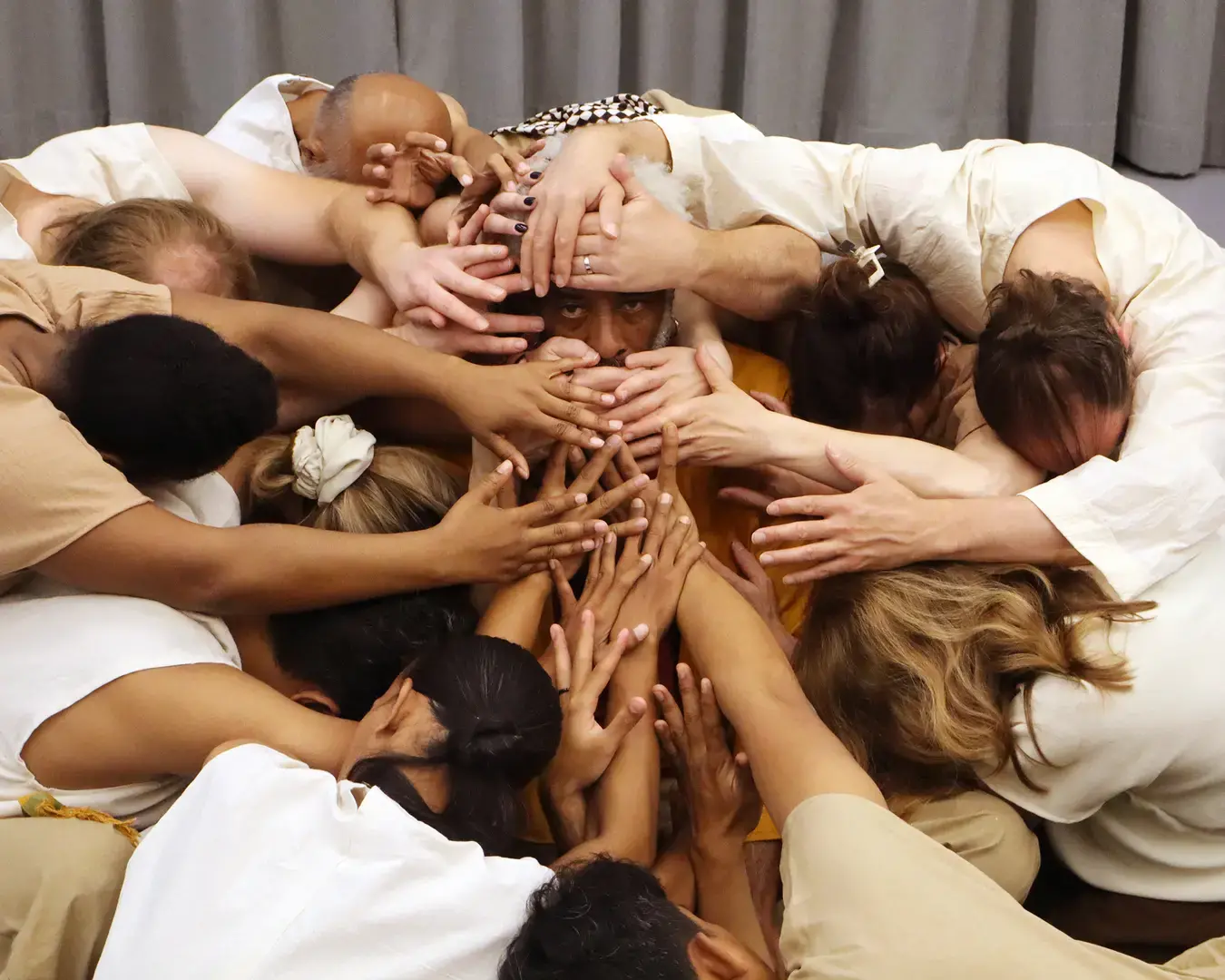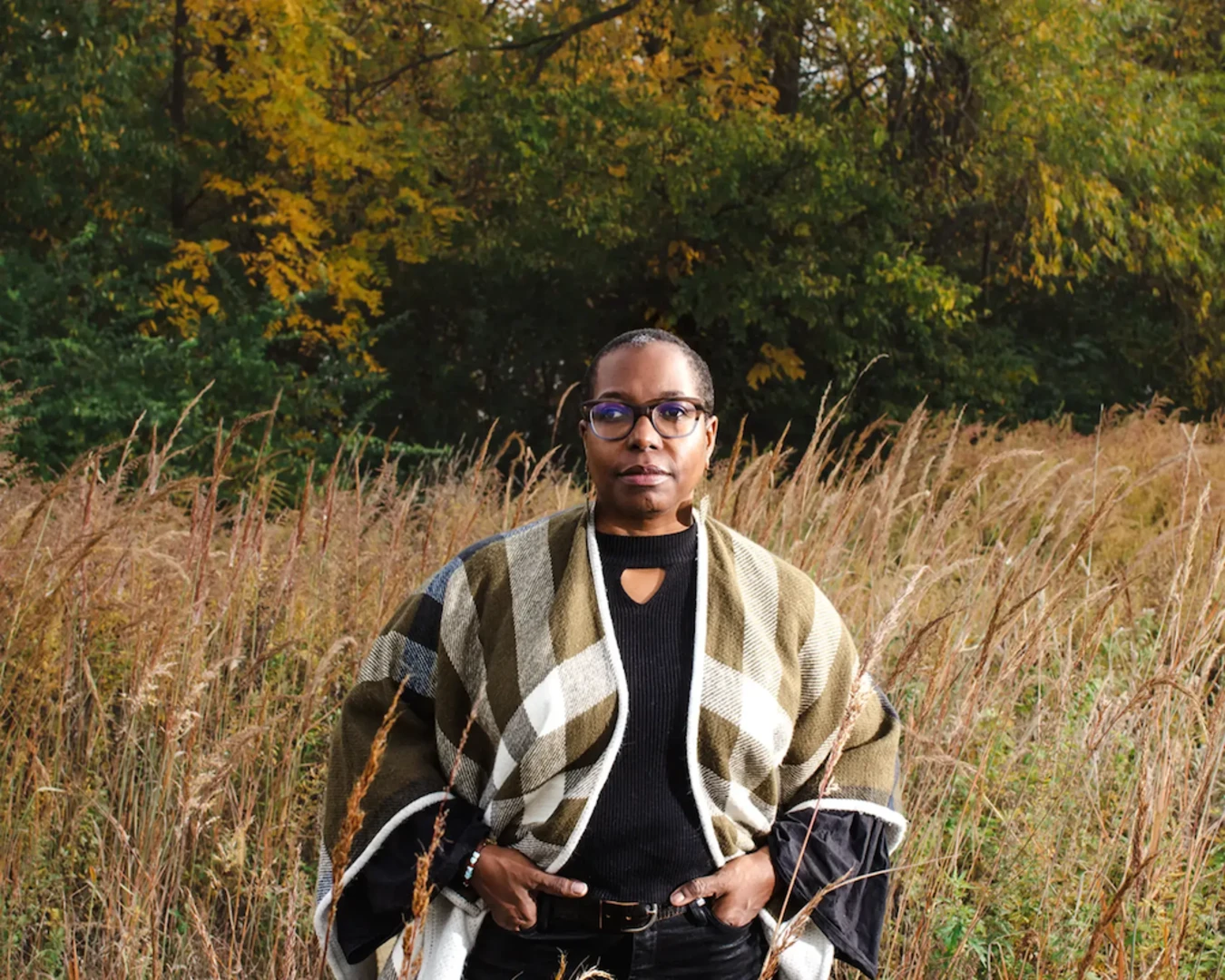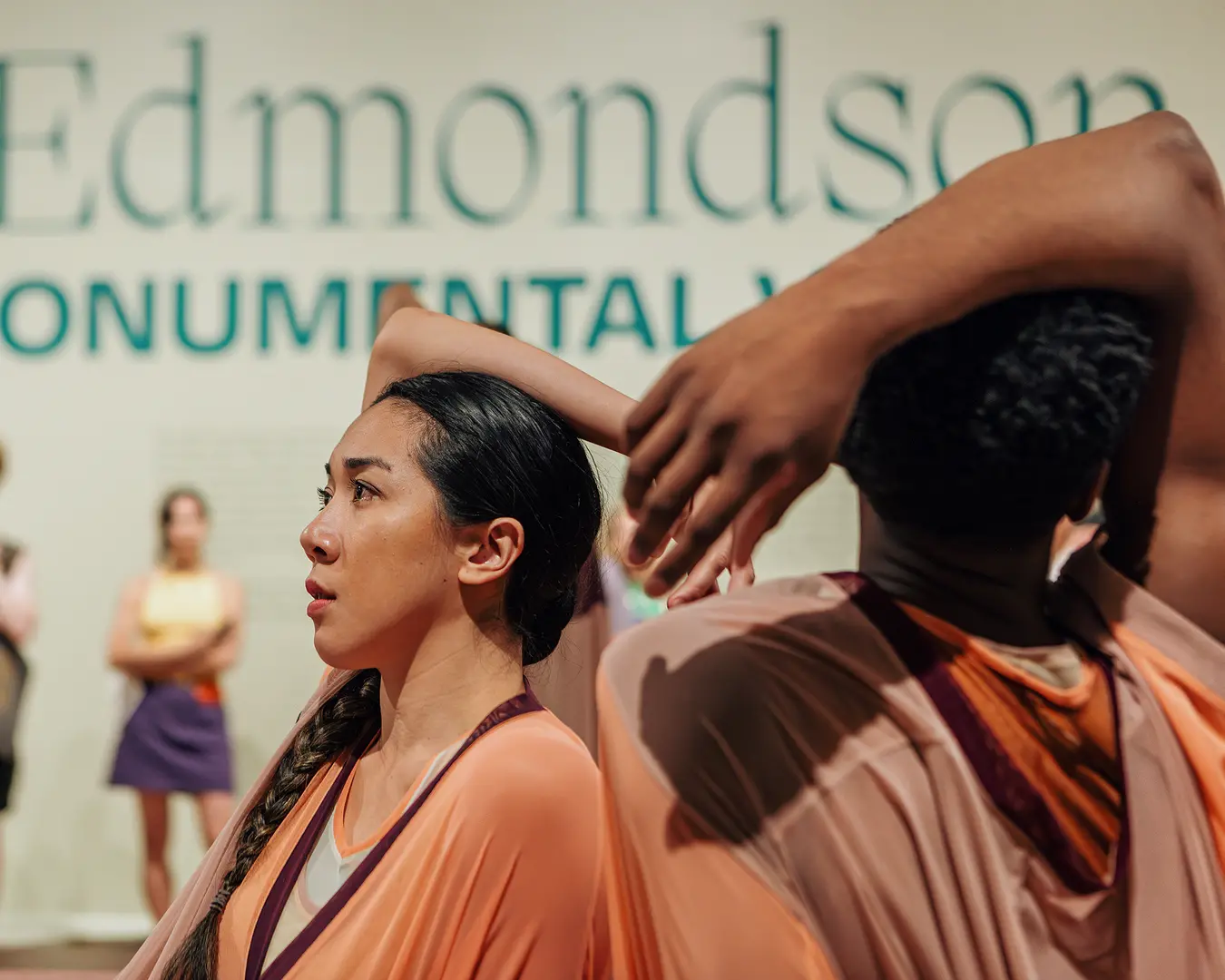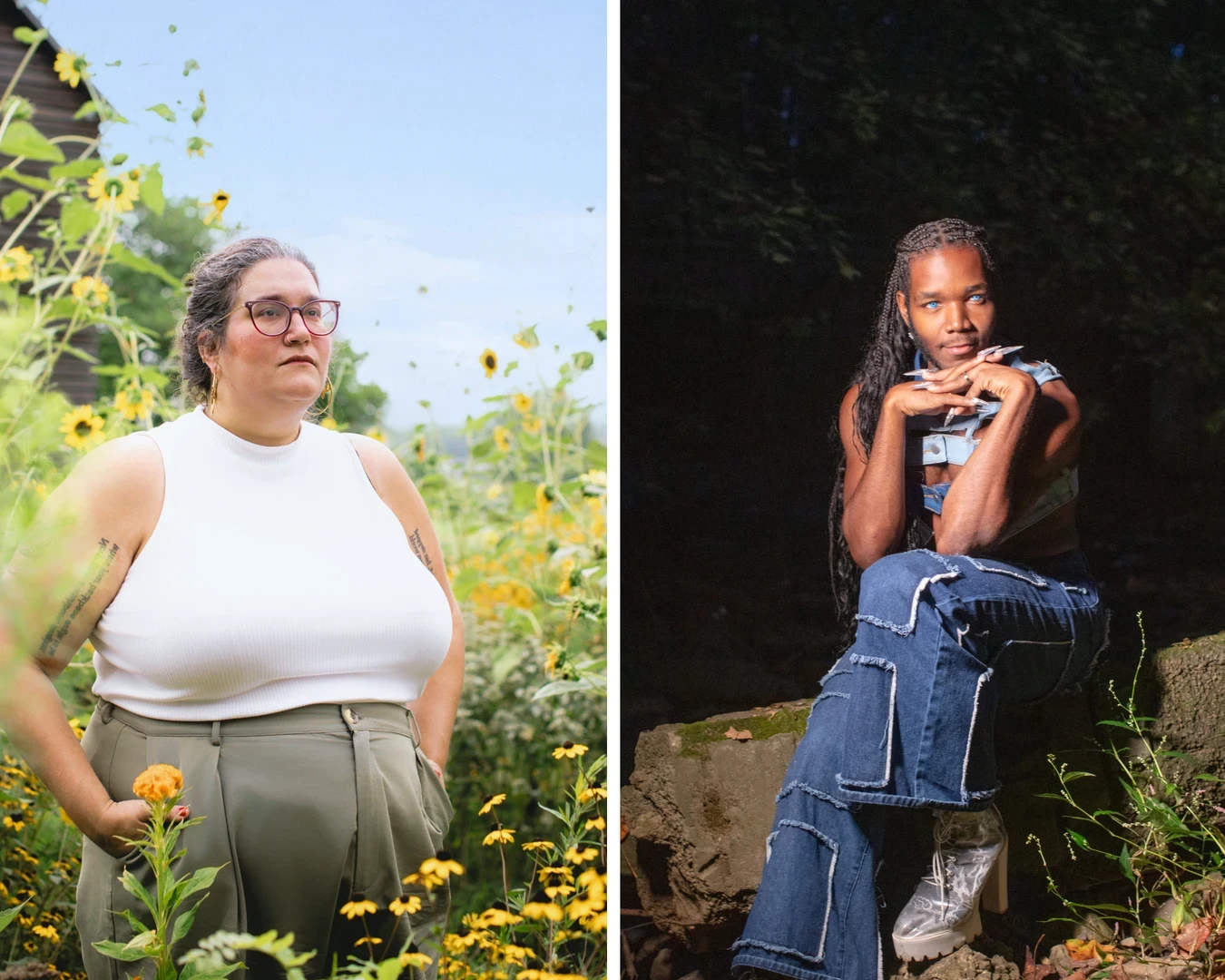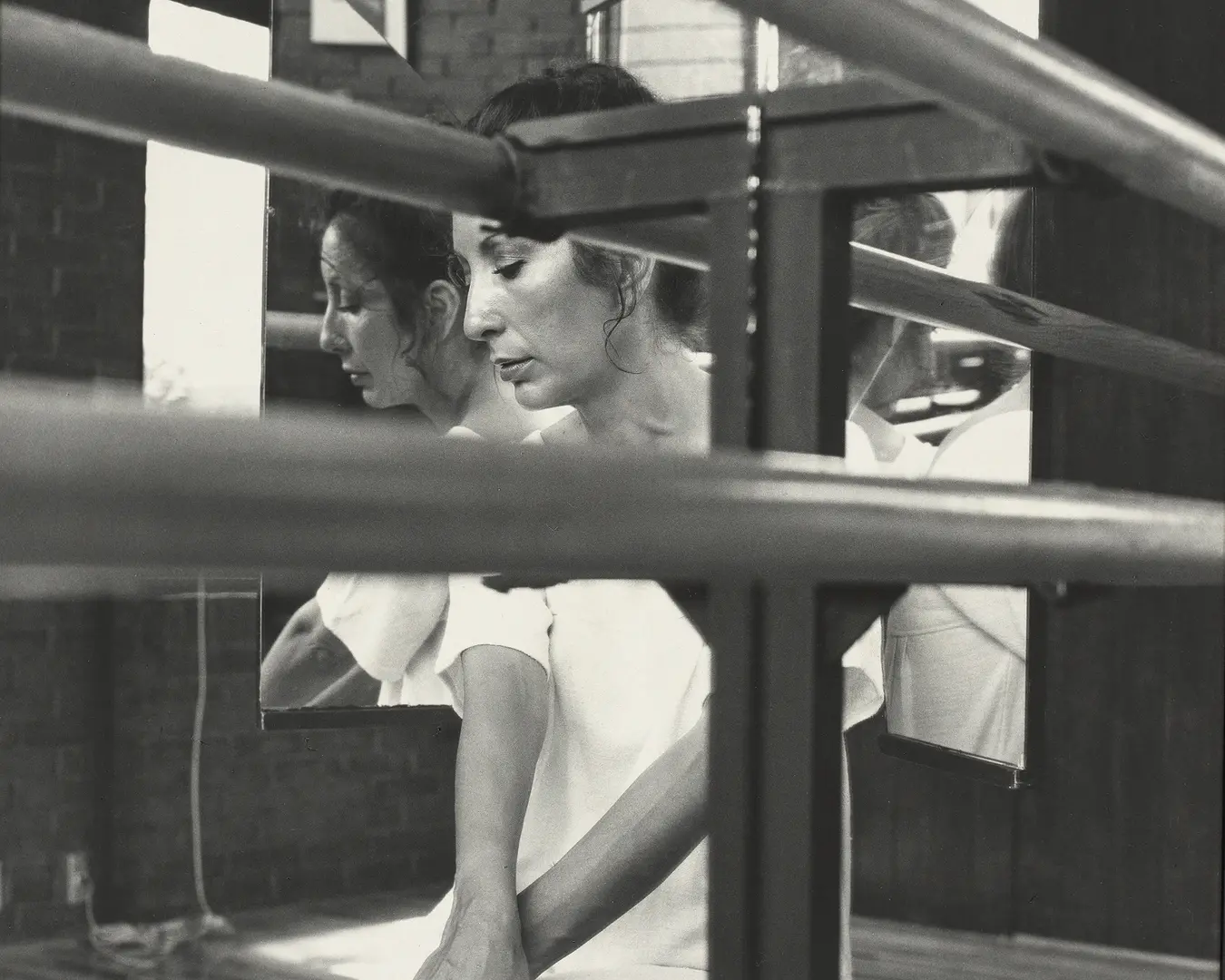Our “Pew Fellow of the Week” series focuses on the artistic lives of our Pew Fellows: their aspirations, influences, and creative challenges.
Quentin Morris (2018) talked about the early moments that shaped his career, starting with trips to the Philadelphia Museum of Art with his father, and how Philadelphia has transformed in his time as an artist. For more than 50 years, Morris has been creating monochromatic paintings and works on paper that explore the possibilities of the color black. His work is included in the permanent collections of several museums, including the Carnegie Museum of Art and the Pennsylvania Academy of the Fine Arts.
How did you become an artist?
My godmother was an artist. Her house was right around the corner from us. It was beautiful. The first art that I ever sold was in that house. That was where I read my first art book, sitting on a chair with my feet nowhere near the floor. The book was bigger than I was. I remember it was on French Impressionists—and I just kept turning the pages.
Then when I got to fourth grade, they had a program at Fleisher Art Memorial they sent around to the schools, seeing if anybody was interested in going to this art school. My teacher had already written my name down. Evidently, I was the person in the room who drew better than everybody else, me and another guy. Both of us became professional artists. He's a good friend of mine, Ron Jackson. From eighth grade on, I was down there six days a week.
What was the first work of art that really mattered to you?
My father would take me to the art museum. That was one of the few places we used to go all the time. This is when I was very young. We pooh-poohed all the abstract work, and we liked all the realistic stuff. Then right around junior high school, I saw Stuart Davis and Jean Arp. These two people just blew me away. It really made an impression on me to understand and like modern art. And then it just took off from there.
What is your biggest motivator as an artist?
The motivator is trying to get what is in your head and what is here in your heart into the art that you do. As artists, it seems like we are compelled to do this. That's what makes it art: We have to do it. So therefore, the motivator is the art itself. That's my motivator. It's just being able to do it and keep progressing in it.
What role does advocacy play in your work?
Part of my work is a social comment about what has happened and what is ongoing, unfortunately. It is not all, but it’s a large part of what I do.
I remember I was influenced by every September that rolled around. You had all these people screaming, hollering, going berserk, because they were integrating the schools. You had these little kids going in with military escorts. That was every September. It stayed with me, growing up in the 50s with the Civil Rights Movement, supposedly starting with Martin Luther King. You have to remember there have always been people who were agitating, all the way back to the 18th century. This is just a continuation.
Why do you choose to work and live in Philadelphia?
I never expected to stay here all this time. Back when I was growing up, Philadelphia was the manufacturing capital of the world. So it was ugly, dirty. I used to run to New York all the time. But what happened was I had tremendous support from family. I inherited the house I'm in. And I realized they weren't going to put African Americans in the galleries in New York—because I was going up there to try to get in.
I knew other places I wanted to live. But I knew it would be tough to be able to do what I wanted to do [if I moved]. I stayed in Philly, and I'm glad I did. I wouldn't have been able to get my artwork done if I'd had to work.
How has Philadelphia’s art scene changed?
It’s changed tremendously. There really wasn’t much of an art scene. You always had a lot of artists, but they were spread out throughout the city. They weren't living in communities like you see in New York or San Francisco or London. There were some galleries in Center City, but very few. There was the art museum, and that was pretty much it. You had the Art Alliance, which I loved to go to. The Print Club [now the Print Center] was another one you could depend on, and Fleisher, where I went to school.
People come here because you have all these world-renowned art schools. They would come here to be educated, but then they would move. Now they're staying here, simply because it's cheaper. You have all these people coming here from New York now. You have a great scene up in Fishtown and South Kensington. There were no art galleries for people living in those places back then.
What images or things keep you company in the space where you work? What makes your art-making space work for you?
I tend to be very, very neat and precise with my stuff. All the things that I really love and keep, I have files for them. And they're packed away safely.
The only thing my workspace, the basement of my house, doesn't have is that I can't really stand up. When you're 6'2", like anybody else, you want to stand erect. I can stand up in the two corners in the front of the cellar. If I go in the back, I have to make sure I bow my head a little if I want to keep it.
But it’s convenient. I never liked the idea of having to go leave the house, or go across town someplace else. I go down to the basement every day, whether I go down there to work or not. It's not big. But I was able to do large format over the years and get 10-foot circles down there.
In reflecting back to the beginning of your career, what is the most useful advice you ever received?
I never really got much advice from anyone, except from my father. He was a very quiet person who didn't say very much. But if you asked him, he gave very good answers. It must've been around high school.
He simply said, “Keep getting good grades and doing your artwork. And your mother and I, we'll take care of everything else.” And then he went on to say, “If I had your skills, I would go into architecture. Simply because I think it would be something you could actually make a living at.” But he said, “That's what I would do. You do what you think is best.”
So I had those kind of parents. That's why I am the way I am, still.
Do you think about your legacy and, if so, how does your thinking about it affect your practice?
The work itself will be my legacy. You have to remember, artists, we're not in theater arts, playwriting, acting, or filmmaking. In that world, you get immediate feedback. I was sitting at Whole Foods a few years ago, having dinner, and three guys came in. I noticed they kept looking over at me. I thought, whatever. I kept eating. The guy finally said, "Aren't you Quentin Morris?" And I said yeah. He says, “Well, I've seen your work at Larry Becker.” When that happens, you get some idea that people are seeing the stuff that you put up. But you don't get immediate feedback about how people feel about it. You have no idea unless somebody comes up and says something.
I was out in California for this show a couple of years ago at Blum & Poe, and someone introduced me to Mark Bradford. Just as nice as can be. He said he had heard of me, he liked my work, and he tried to keep up with all the senior artists. I said, well, pardon my ignorance. I didn't know I was all that. So when something like that happens, you realize that people know you're on the globe, and they know just what you do. And they like it.
